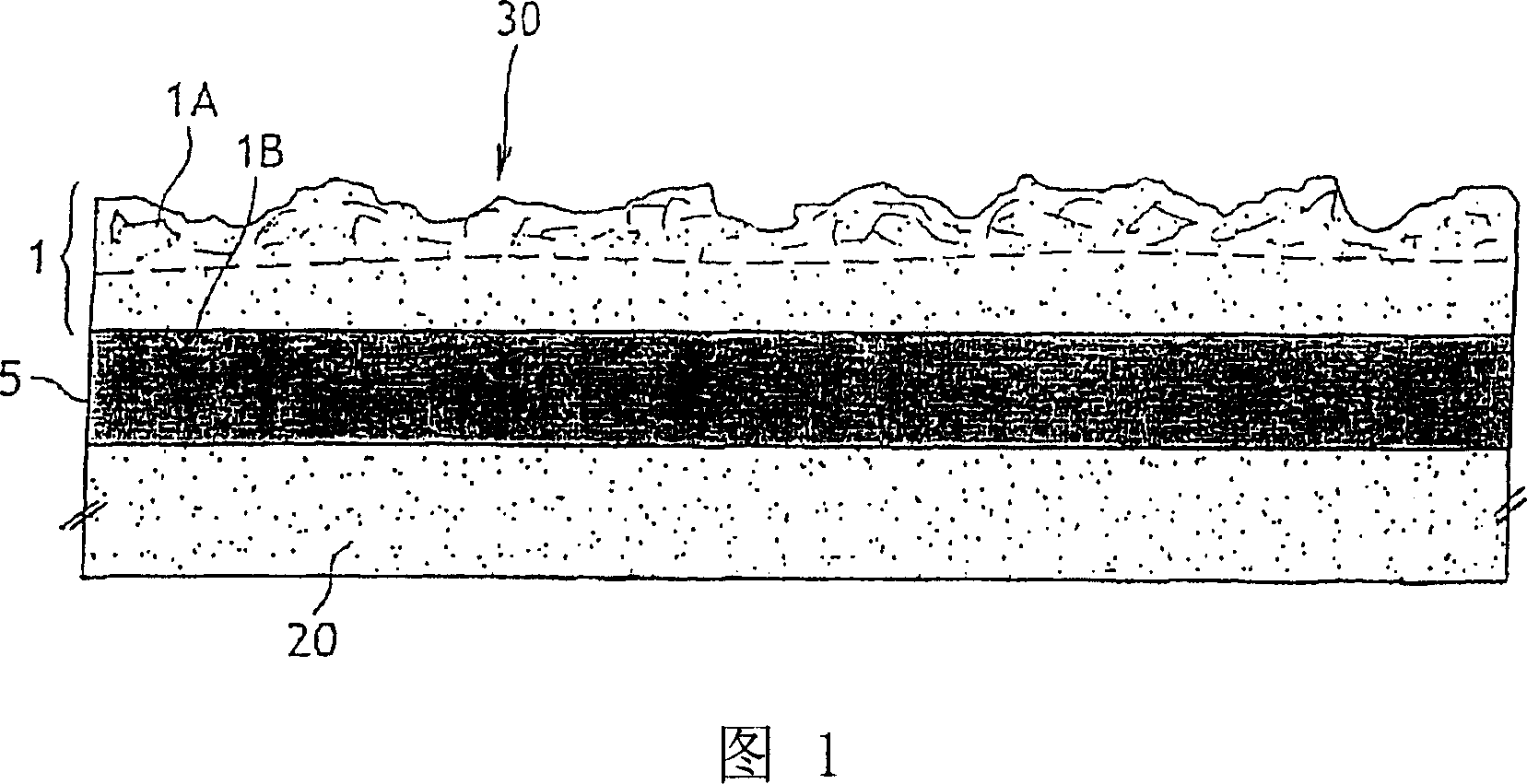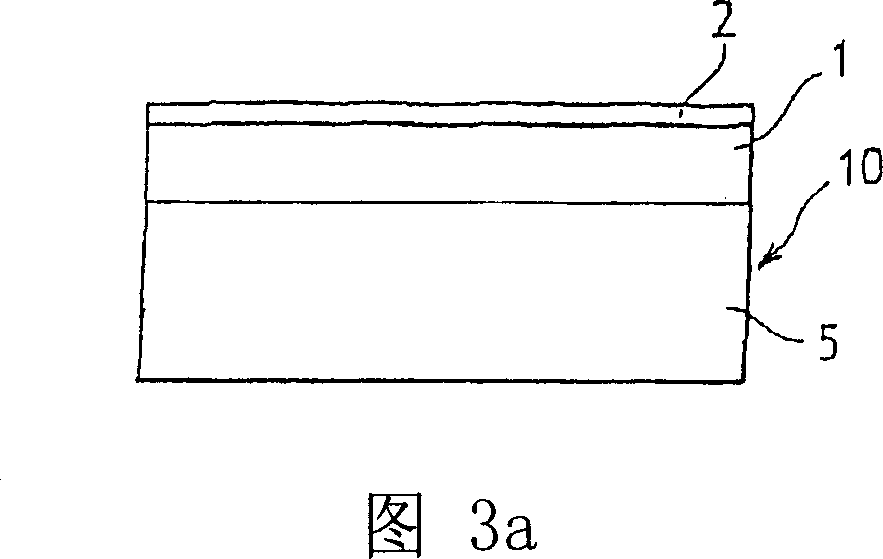Heat treatment for improving the quality of a taken thin layer
A peel-off, energy technology for sustainable manufacturing/processing, electrical components, climate sustainability, etc., which can solve problems such as free surface roughness, expensive, uneven surface roughness etching, etc.
- Summary
- Abstract
- Description
- Claims
- Application Information
AI Technical Summary
Problems solved by technology
Method used
Image
Examples
Embodiment Construction
[0069] An example of an embodiment of the method according to the invention and the application according to the invention is described below, which is based on the use of Smart-Cut(R) to lift off a germanium-comprising layer, for example a SiGe layer.
[0070] Referring to Figures 3a to 3e, there is shown a first method according to the invention which strips Si from a donor wafer 10. 1-x Ge x (where x∈[0;1]) and the second layer 2 of Si are elastically strained to transfer them to the master wafer 20 .
[0071] Referring to Figure 3a, there is shown a donor wafer 10 comprising 1-x Ge x A first layer 1 and a second layer 2 of elastically strained Si were fabricated.
[0072] Typically, containing Si 1-x Ge x The donor wafer 10 comprises a bulk Si substrate 5 on which a SiGe buffer structure (not shown), for example by crystal growth, has been formed, consisting of different layers. In particular, the latter may have a gradual change in its Ge composition in thickness, s...
PUM
 Login to View More
Login to View More Abstract
Description
Claims
Application Information
 Login to View More
Login to View More - Generate Ideas
- Intellectual Property
- Life Sciences
- Materials
- Tech Scout
- Unparalleled Data Quality
- Higher Quality Content
- 60% Fewer Hallucinations
Browse by: Latest US Patents, China's latest patents, Technical Efficacy Thesaurus, Application Domain, Technology Topic, Popular Technical Reports.
© 2025 PatSnap. All rights reserved.Legal|Privacy policy|Modern Slavery Act Transparency Statement|Sitemap|About US| Contact US: help@patsnap.com



